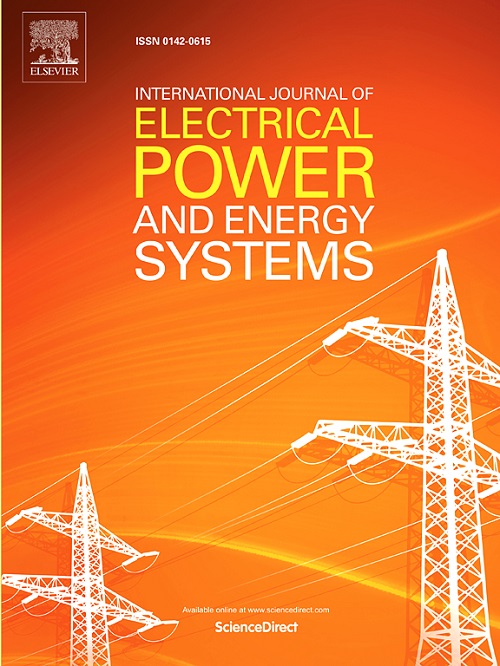基于Shapley值的工业用户短期负荷预测动态集成框架
IF 5
2区 工程技术
Q1 ENGINEERING, ELECTRICAL & ELECTRONIC
International Journal of Electrical Power & Energy Systems
Pub Date : 2025-09-16
DOI:10.1016/j.ijepes.2025.111102
引用次数: 0
摘要
分布式能源的大规模集成需要准确的短期负荷预测,以保证现代电力系统的供需平衡和运行效率。本研究的重点是工业消费者的需求侧预测,这需要精确的预测来优化需求响应能力。为了解决静态预测架构在捕获工业负荷多尺度动态特征和高维耦合特征方面的局限性,我们提出了一个基于Shapley值的动态集成学习框架,该框架将统计模型、机器学习模型和深度学习模型进行了战略性集成。该方法通过在合作博弈理论中引入Shapley值来量化个体模型贡献并动态调整集合权值,在保持较高计算效率的同时,实现了对负荷变化的鲁棒适应。对高分辨率工业负荷数据的后续案例研究表明,该方法在多个场景下的性能优于传统的静态预测架构和静态加权方案。本文章由计算机程序翻译,如有差异,请以英文原文为准。
A Shapley value-based dynamic ensemble framework for short-term load forecasting of industrial consumers
The large-scale integration of distributed energy resources requires accurate short-term load forecasting for modern power systems to maintain supply–demand balance and operational efficiency. This study focuses on the demand-side forecasting of industrial consumers, which requires precise forecasting to optimize demand response capabilities. To address the limitations of static prediction architectures in capturing multi-scale dynamic features and high-dimensional coupling characteristics of industrial loads, we propose a Shapley value-based dynamic ensemble learning framework that strategically integrates statistical models, machine learning models and deep learning models. By introducing Shapley values in the cooperative game theory to quantify individual model contributions and dynamically adjust the ensemble weights, the method achieves robust adaptation to load variations while maintaining high computational efficiency. The follow-up case study on high-resolution industrial load data demonstrates its superior performance over conventional static prediction architectures and static weighting schemes across multiple scenarios.
求助全文
通过发布文献求助,成功后即可免费获取论文全文。
去求助
来源期刊
CiteScore
12.10
自引率
17.30%
发文量
1022
审稿时长
51 days
期刊介绍:
The journal covers theoretical developments in electrical power and energy systems and their applications. The coverage embraces: generation and network planning; reliability; long and short term operation; expert systems; neural networks; object oriented systems; system control centres; database and information systems; stock and parameter estimation; system security and adequacy; network theory, modelling and computation; small and large system dynamics; dynamic model identification; on-line control including load and switching control; protection; distribution systems; energy economics; impact of non-conventional systems; and man-machine interfaces.
As well as original research papers, the journal publishes short contributions, book reviews and conference reports. All papers are peer-reviewed by at least two referees.

 求助内容:
求助内容: 应助结果提醒方式:
应助结果提醒方式:


